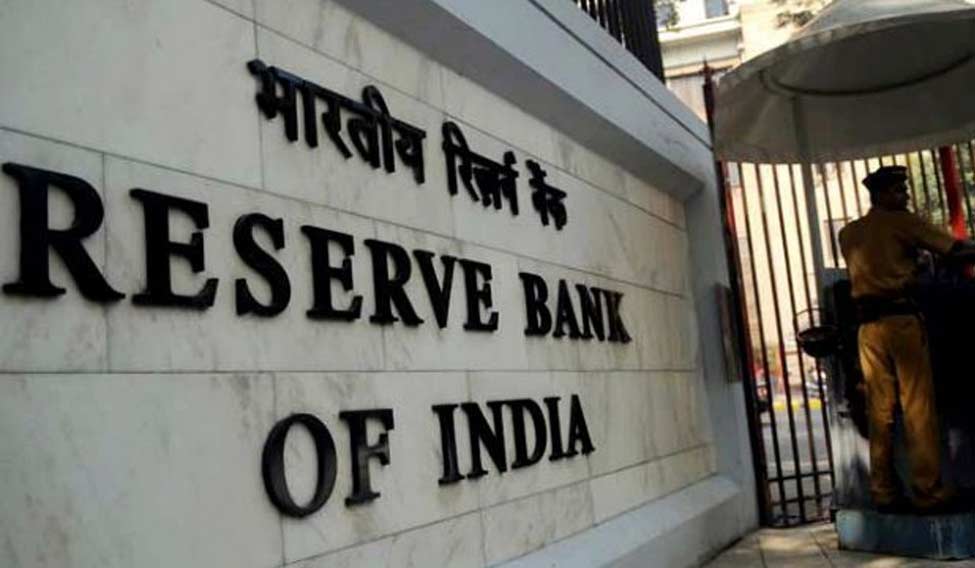The successor to RBI Governor, Raghuram Rajan, will inherit the most challenging task of taming inflation in a way that growth is not compromised. But even more daunting will be finishing Rajan's unfinished agenda, in terms of getting banks to take Asset Quality review he has initiated, to its logical end: the balance sheets of both banks and corporates should be clean.
Here are the major challenges before the next RBI Governor
1. Retaining the overall autonomy of RBI, by not buckling under government pressure to cut rates
The Modi government has its agenda among which, providing jobs to unemployed youth is a priority. In order to do this on a large scale, the small and medium industries will have to borrow capital from banks. They will borrow if the rate of interest is low. But RBI has many considerations when reviewing and setting the policy rates. The new governor will have to keep the RBI's autonomy in tact even as the Finance Ministry puts pressure on him to cut rates.
2. Taming inflation
Inflation, particularly the consumer price inflation, has been going up, up and up lately. While a good monsoon is expected to ease inflation, the fact is that monsoon comes when consumers are hit the most—vegetables including the common man's onions and potatoes get costlier. Going by the classic definition of inflation—too much money chasing too few goods—economists generally ensure there is no "too much money" in circulation, by reducing advances by raising lending rates. The message to government is, address the supply side and ensure more goods in the market.
3. Persuing PSU banks on the subject of their NPAs/Stressed assets without adversely affecting credit flow
Most public sector banks are deep in the red—an estimated over Rs 30,000 crores—with corporates not repaying loans as their balance sheets are also in the red. It is the tax payers' money of which the RBI is the custodian. In its regulatory capacity, it cannot allow the banks to write off or endlessly defer repayment. The current cleaning up exercise, some economists fear, may dampen the borrowing by companies, and their productivity and capacity to create jobs. The next RBI governor will have to walk the tight rope as he cleans up banks.
4.Ensuring smooth functioning of Monetary Policy Committee, which is new
Though the current Governor will be in office when the MPC takes its decision for the first time, the teething troubles may come up later.The casting of vote, which is the veto power, in the Monetary Policy Committee with 3 members each from Government and RBI, rests with the RBI Governor, effectively giving him the last word on the policy rate. It will thus be the Governor who will clinch the decision on whether to cut rates or not, or depending on the circumstances, even raise the rate.
5. The new governor will have to take forward new set of bank licences
The RBI will have to decide on the next set of banking licences and ensure the operations of the payment of banks and small banks that have been given licences but are yet to start operations. This is part of the Modi government's idea of financial inclusion. Some of these may not be altogether commercially viable, yet the RBI will have to package it in an attractive way, and ensure these do not add up stressed accounts of their own. Many allottees are new players in the banking field. (eg: telecom companies have been given licences.)
6. Greater oversight in a globally volatile and uncertain environment
The global meltdown of 2008 showed how events in a far away country can affect our economy. Whether foreign institutional investors(FIIs) or foreign direct investors(FDI) pump in more money or pull out a bit of their investments, the capital markets in India get affected. Ditto when the Federal Reserve Bank of the US reviews its monetary policy. The RBI has bought dollars in the spot market and in the forward market. Taking such decisions, based on performance of economies far removed and differently regulated, was an occassional task in the past. Not any more.
7. Holding the rupee in a globally challenging environment
When the rupee falls, it hits students studying overseas in a visible way. It affects the importers in a less visible way. Holding the value of the rupee without devaluing it is a major challenge for the next RBI Governor.
8. Enthuse confidence among investors globally in the Indian central bank
The government can demonstrate stability and carry out reforms, and the RBI has to do almost everything else, particularly provide confidence to markets so that India can meet her external obligations. As our imports grow and industrial productivity remains stagnant, this task is much tougher.
9 Tightening banking norms so that they are capitalised and can handle any crises
This is yet another tool used to bring down stressed assets. These norms pertain to monetary policy rates as well as other directives.
10. Take forward the government's financial inclusion agenda
While the government talks on a number of new accounts, the RBI Governor has the challenge of making these accounts actually work for the people—be it in tandem with the Aadhar card as in the case of direct benefits transfer, or even the MUDRA scheme that promises loans without guarantees.





